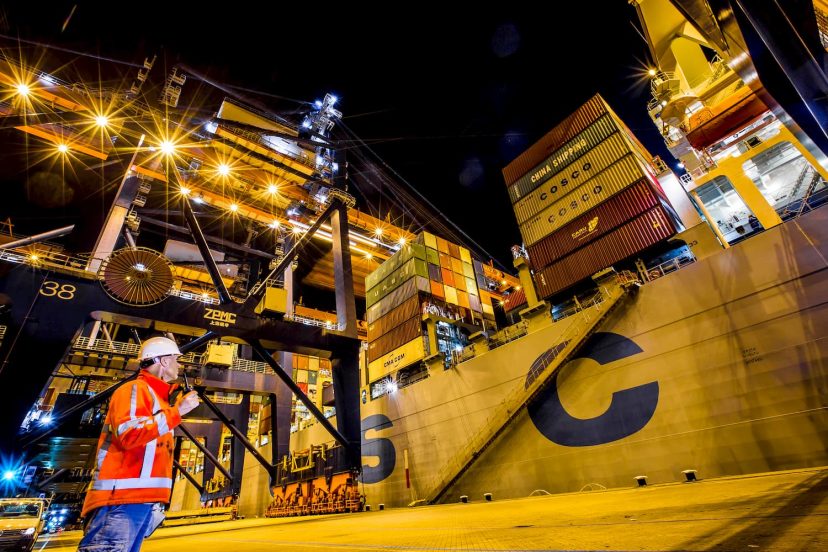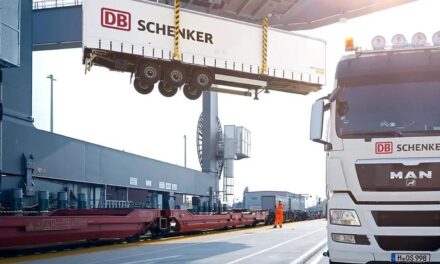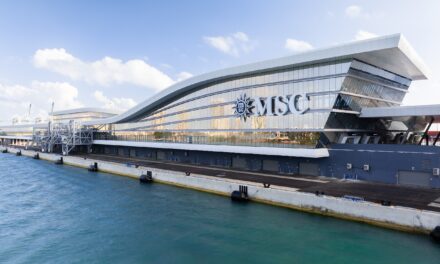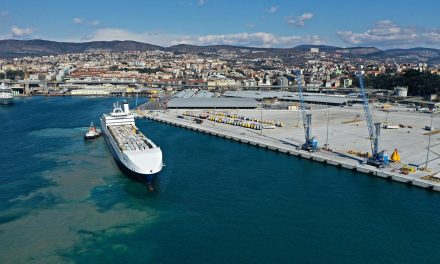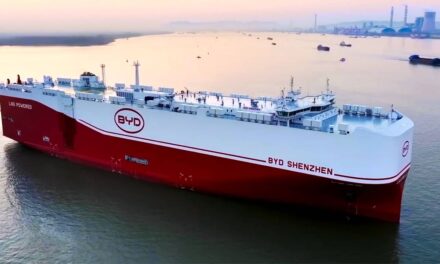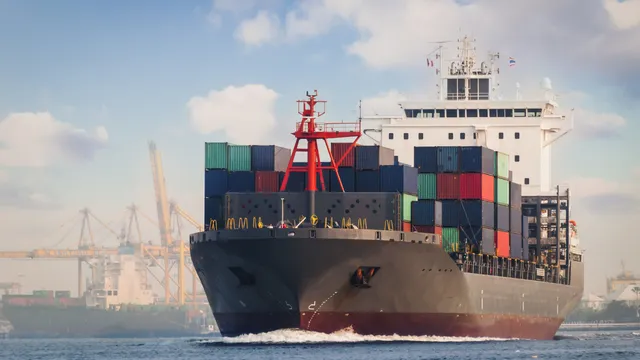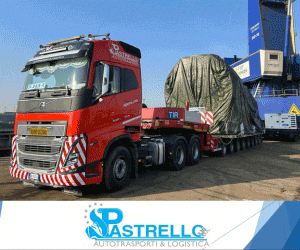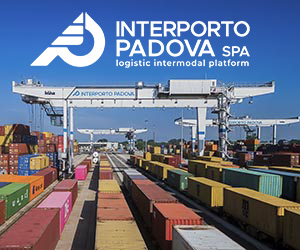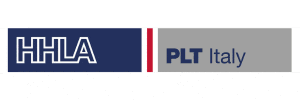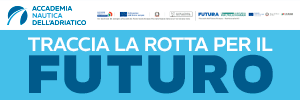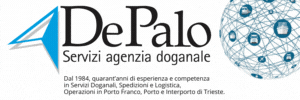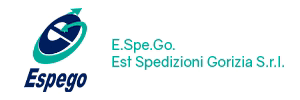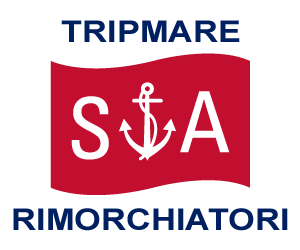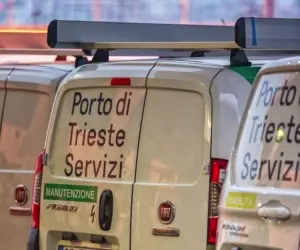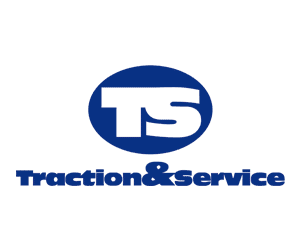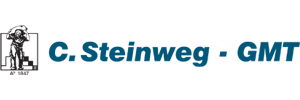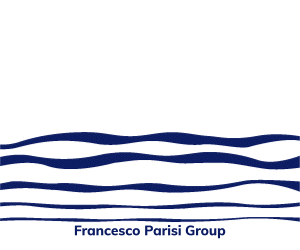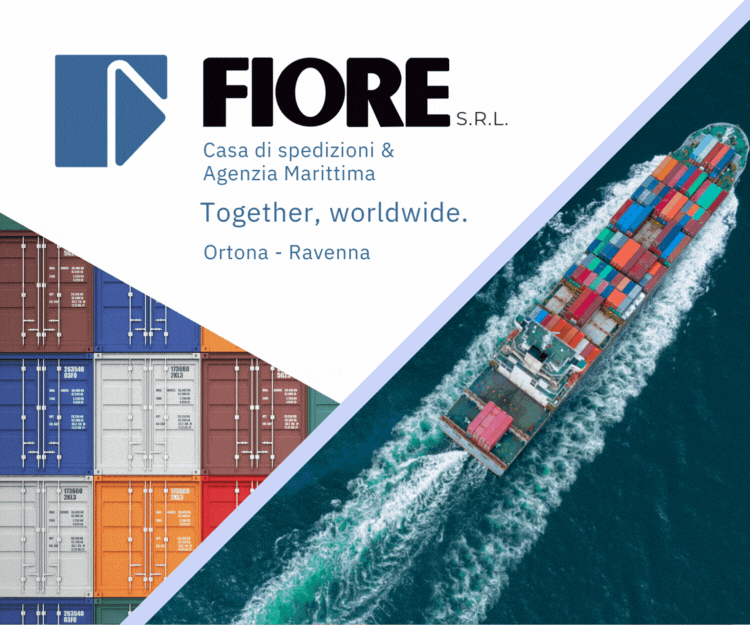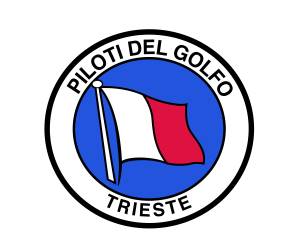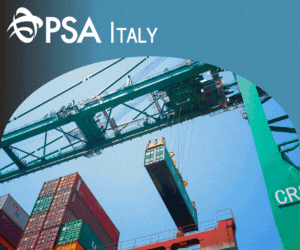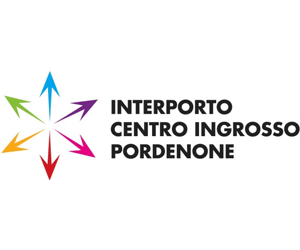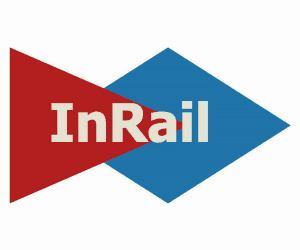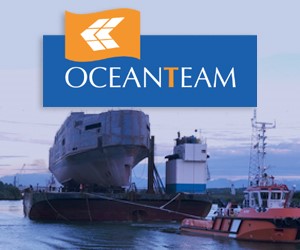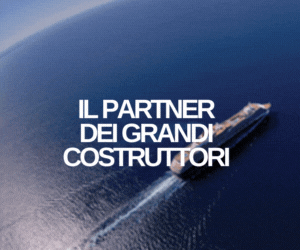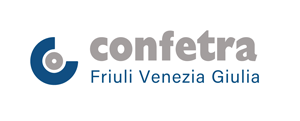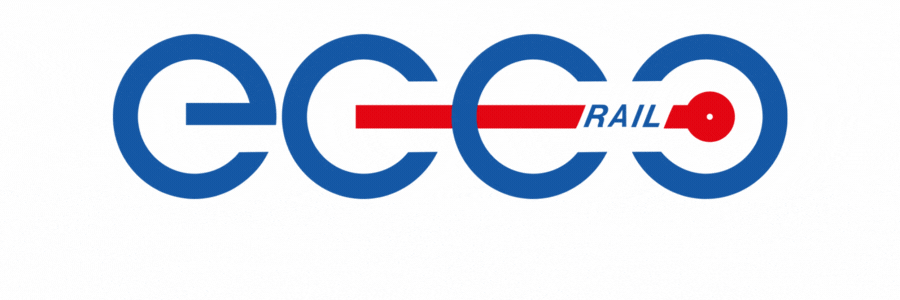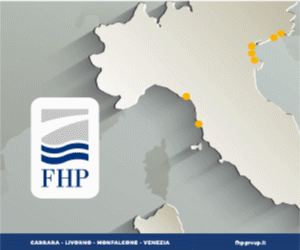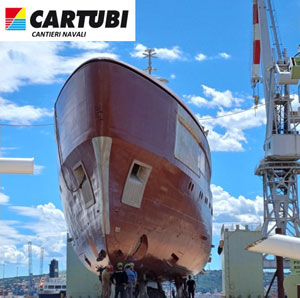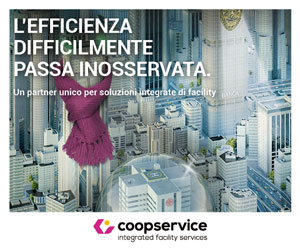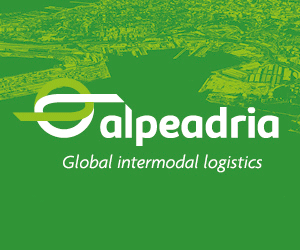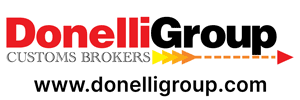TRIESTE – In 2024, the Port of Rotterdam recorded an increase in container traffic for the first time in three years.
Consumer goods and food products were the main drivers of this growth. According to Frank van der Laan, Senior Advisor Business Intelligence at the Port of Rotterdam Authority, this could be a sign of a broader recovery, especially with ongoing expansion projects nearing completion. However, geopolitical uncertainties remain a key factor to monitor. After years of contraction, the container market at the Dutch port posted a 2.8% growth in 2024. A modest but significant increase, considering that containerized transport is essential for European trade, moving critical goods such as food, pharmaceuticals, and industrial components. Van der Laan explains that the growth was driven by economic expansion and rising consumption, reversing the negative trend that began with the pandemic crisis and was worsened by the war in Ukraine. The latter had a particularly severe impact on Rotterdam, as 8% of the port’s volume was linked to trade with Russia. With the collapse of that share and rising energy prices across Europe, consumer purchasing power declined, reducing the volume of goods handled. In 2024, however, the situation changed. Consumer goods, including electronics, furniture and home appliances, rose by 17%, while food products increased by 7%. The only struggling segment remains high-end exports, with the European automotive, chemical, and mechanical industries facing difficulties compared to global competitors due to high energy costs.
However, the Port of Rotterdam faced challenges in transshipment. This was influenced by two main factors: a 7.4% increase in global demand and disruption in trade routes due to the crisis in the Red Sea. With the Suez route impassable, many vessels are now sailing around Africa, adding 18 days to transit times and requiring two or three additional vessels to maintain regular rotations. The availability of these vessels is limited, causing delays and congestion at major Western Mediterranean hubs, with repercussions also for Rotterdam. The biggest uncertainty therefore remains the geopolitical situation, particularly the blockage of the Red Sea route. Over 50% of the containers handled in Rotterdam originate from Asia, so reopening the route could bring significant benefits, reducing transit times and transport costs.
Another key factor to consider is the new alliances in the shipping sector. In 2025, a reorganization of partnerships among shipping companies is expected, with positive effects for Rotterdam. In particular, the new alliance between Hapag Lloyd and Maersk, known as “Gemini”, will adopt a hub-and-spoke model, with Rotterdam as the main hub for distributing volumes to secondary ports such as Antwerp and Le Havre. If there are no economic or geopolitical shocks, Van der Laan forecasts container market growth in Northern Europe between 2% and 3% over the coming years. Rotterdam is expected to follow this pace, but once infrastructure expansions are completed, it could outperform the market average.



